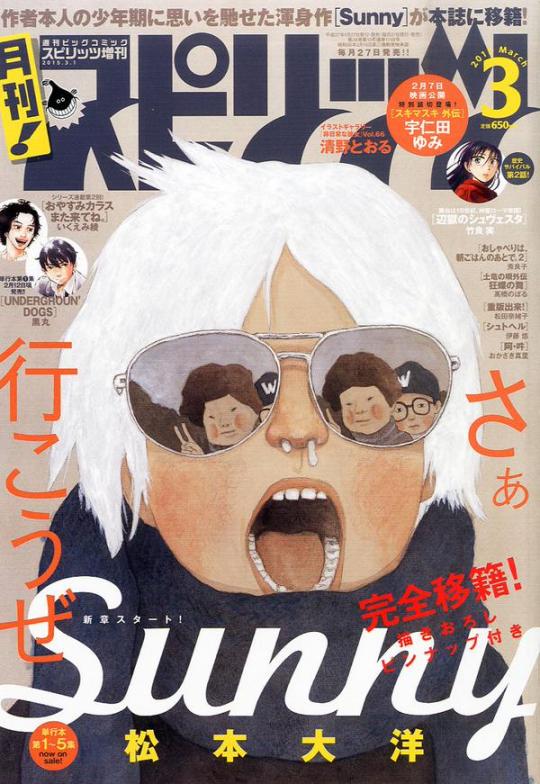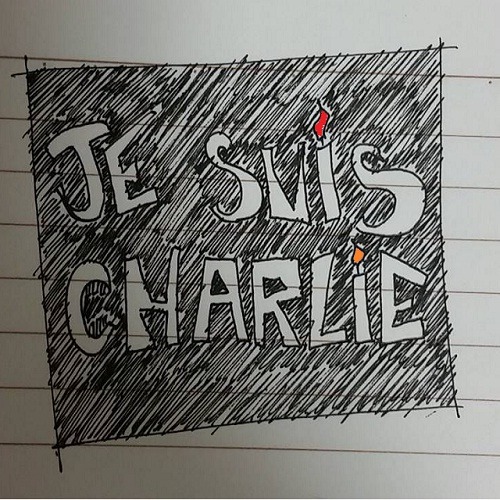Text
Impression à chaud à propos d'Eiji
「Eiji」 est un shônen manga de boxe d'Egushi Higashi. 1 seul volume, dont les chapitres ont été publiés entre 1984 et 85. Adapté en OVA en 1990 par les studios Animate et Prod I.G., avec Mizuho Nishikubo à sa réalisation. On reconnaît ce dernier à la réalisation de Video Girl Aï ou plus récemment de L'île de Giovanni.
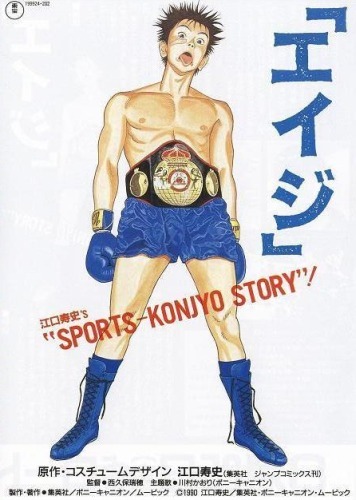
Bon bref, ici on se farcit une histoire de boxe dont les meilleures moments ont d'ores et déjà été détrônée par Ashita no Joe et Rocky. Par exemple, le coup du vieux qui reconnaît le talent est certainement immanquable, il veut revoir le punch qu'il a connu autrefois, et bien sûr il finira pas entrainer le héros qui n'en fait qu'à sa tête. Ce n'est pas mauvais, ce type d'histoire à fait ses marques. Elle fonctionne si on a pas déjà vu les deux titres que j'ai cité plus haut.
Cependant, on peut au moins se rabattre sur la réalisation. Avec quelques plans très intéressants, dont des plans d'ensemble. Malheureusement, avec une histoire aussi faible, cela ne mène à rien de bon. On pourrait imaginer un meilleur travail si le produit de base était mieux construit. Son adaptation est déjà bien plus qu'étonnante.
2 notes
·
View notes
Text
Takoichi, le marché des cerfs-volants
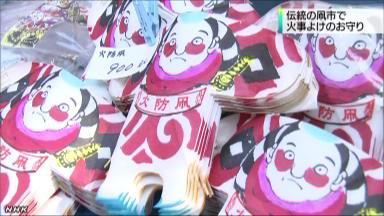
Chaque année depuis plus de 200 ans a lieu le traditionnel marché des cerf-volants (takoichi 凧市), au temple Ôji inari jinja, à Tôkyô. De nombreux visiteurs s'y rendent pour acheter un cerf-volant, afin d'obtenir la bénédiction des dieux et une protection contre les incendies.
Ces cerfs-volants ont une forme humaine et mesure environ 20 centimètres.
Pendant Edo, les incendies n'étaient pas rare dans cette partie de la ville. Le vent les faisait se propager rapidement, causant de nombreux dégats. On raconte que les cerfs-volants s'envolaient dans les airs, et arrêtaient le vent en tournoyant.
Le marché ouvre ses portes lors des jours du cheval du mois de février, soit le 11 et également le 23 février prochain.
Le temple est également connu pour ses renards.
http://www3.nhk.or.jp/news/html/20150211/k10015379481000.html
1 note
·
View note
Photo
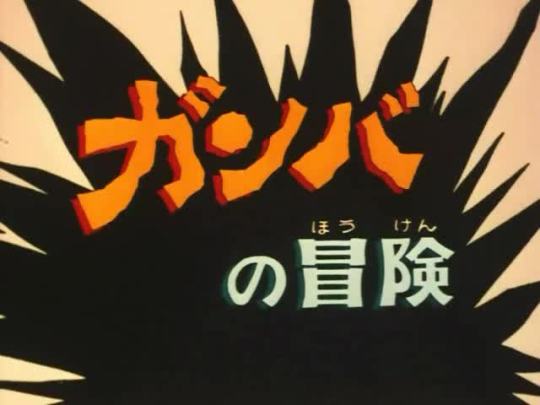

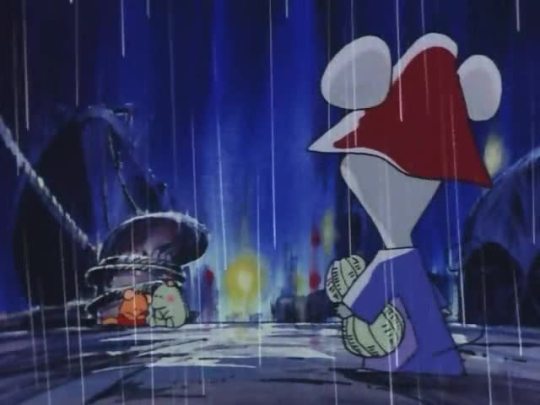
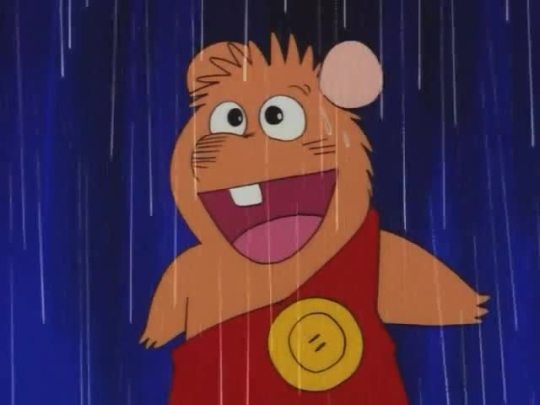
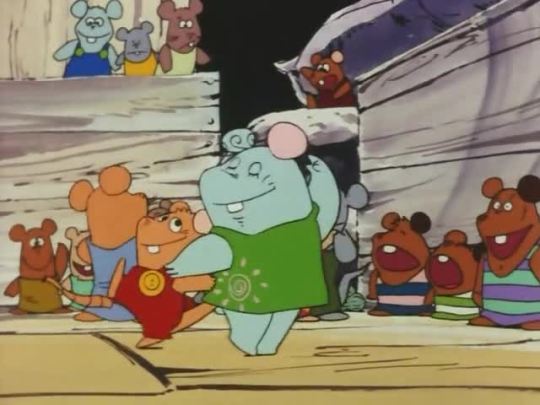
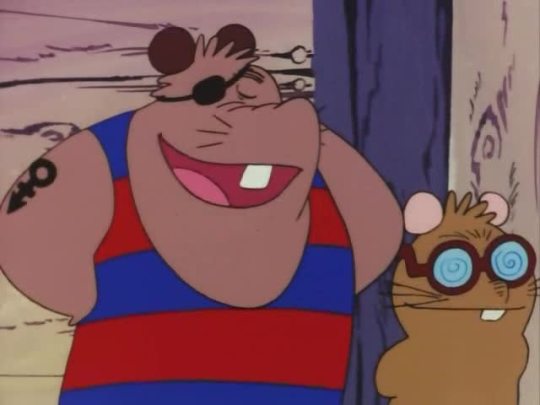


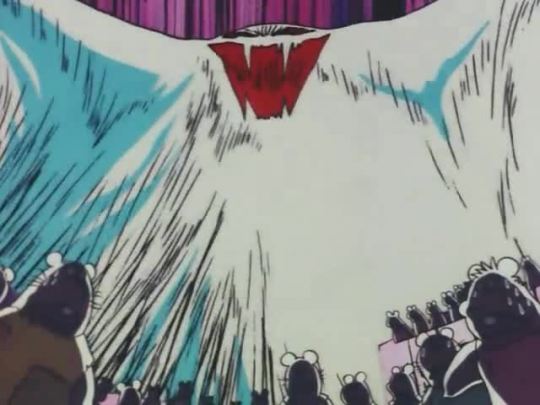

Ganba no Bôken #1
Animation production: Tôkyô Movie
Director & Episode #1 director: Makura Saki (Osamu Dezaki)
Episode #1 script: Mitsuru Majima
Chara-designer & Animation director: Yoshio Kabashima
Key animation: Yoshifumi Kondô, Tomekichi Takeuchi, Michiyo Yamada, Toshiyuki Honda, Shin'ichi Ôtake
Inbetweening: Seiji Arihara, Yumiko Suda, Kenji Haruki, Masako Chiba, Takao Horie, Noriko Kusayanagi
8 notes
·
View notes
Photo

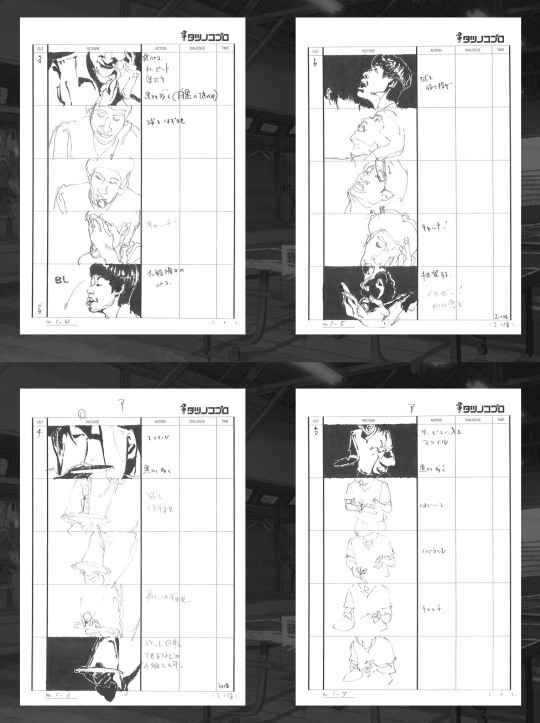
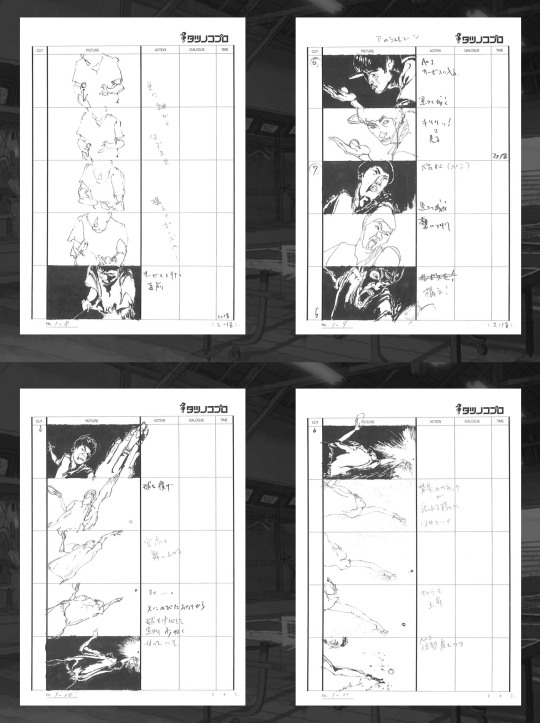
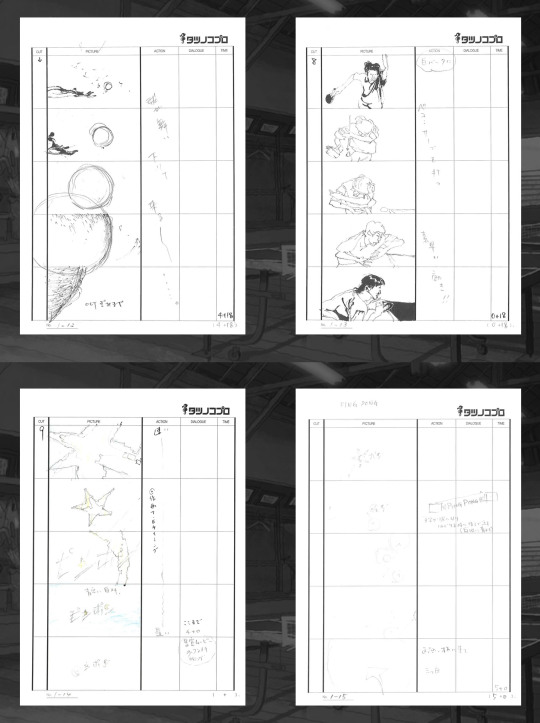
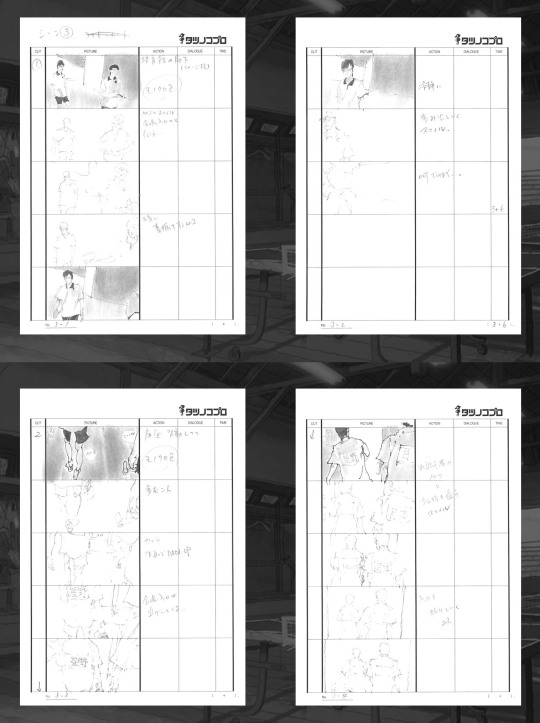
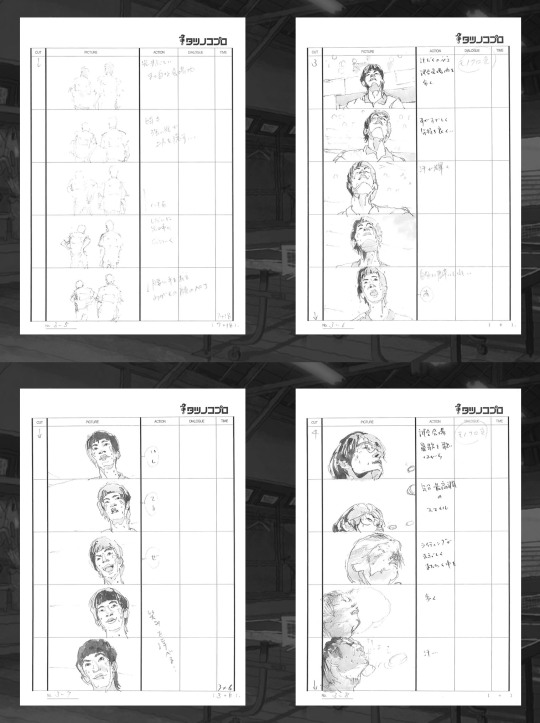
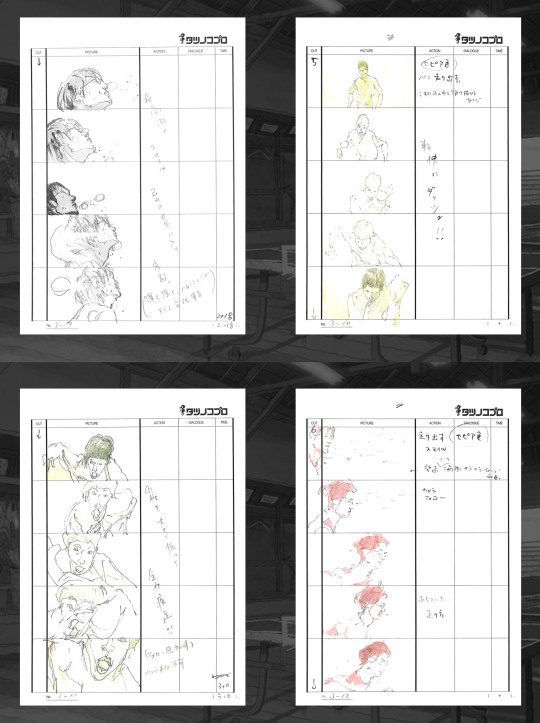
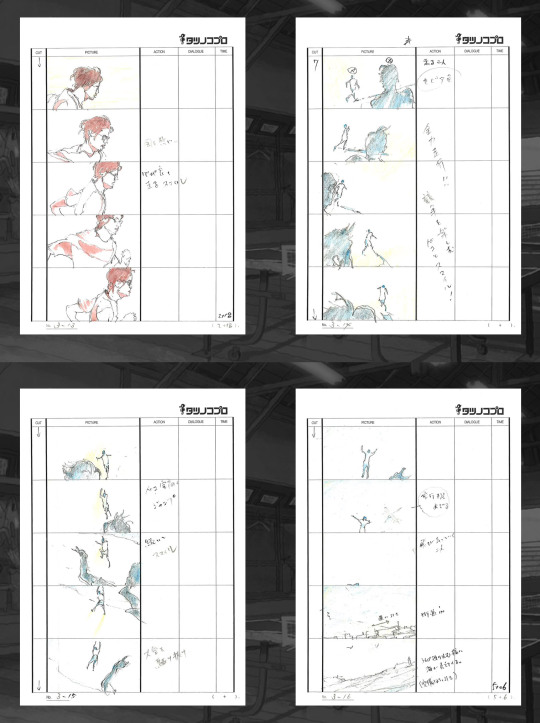
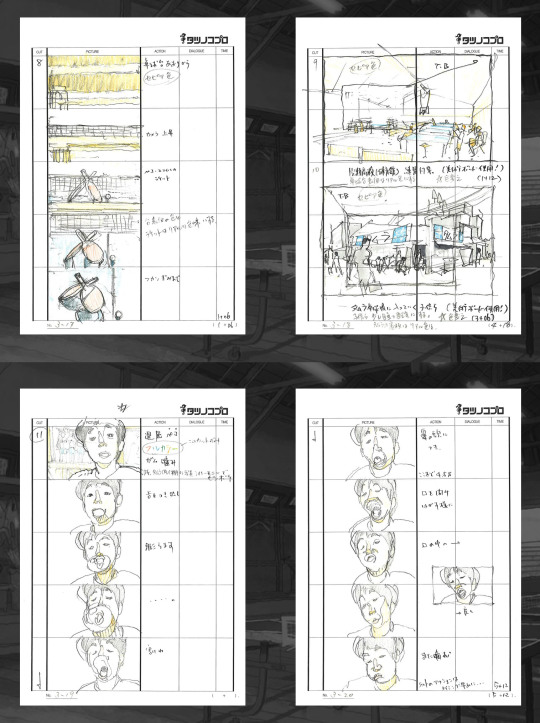
Ping Pong opening storyboards by Shinya Ohira.
726 notes
·
View notes
Photo




It’s almost 2015.
You know who gets created in 2015?
Jetter Mars!
166 notes
·
View notes
Photo

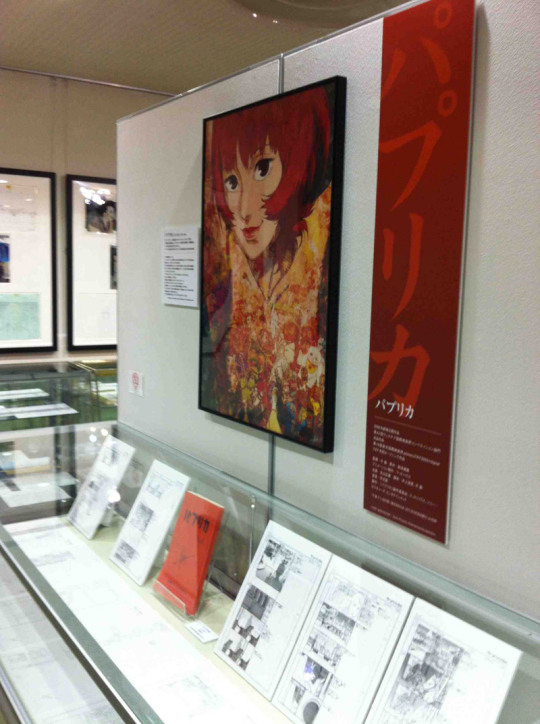
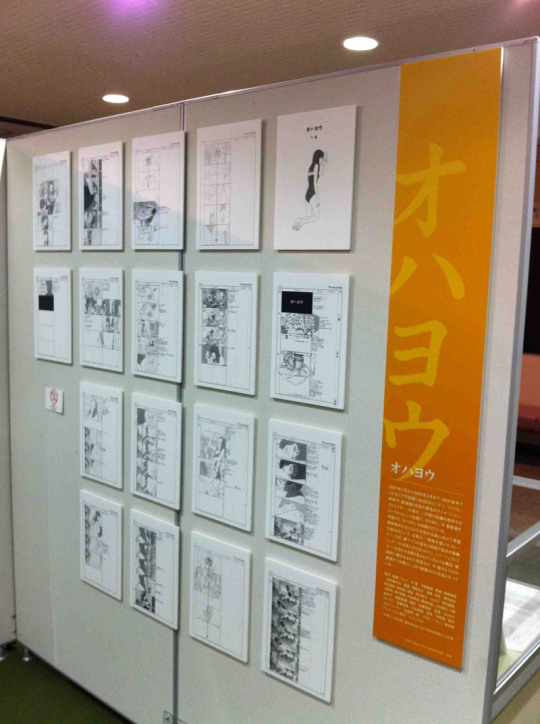


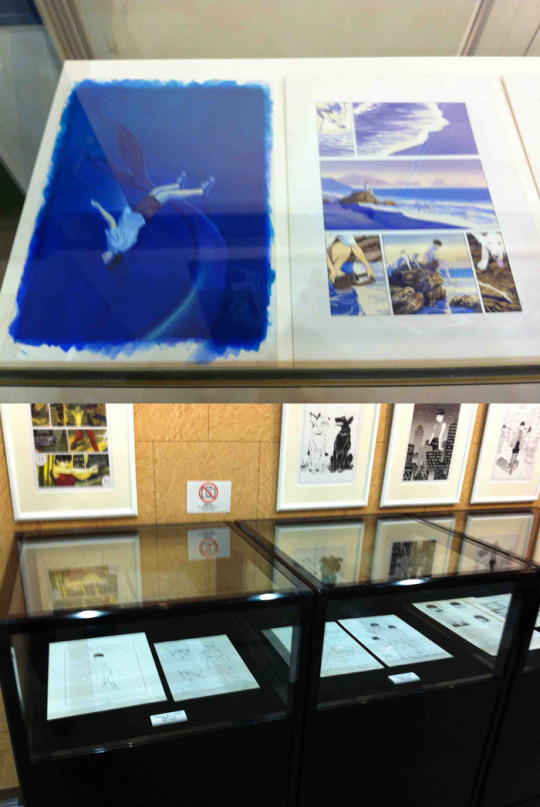


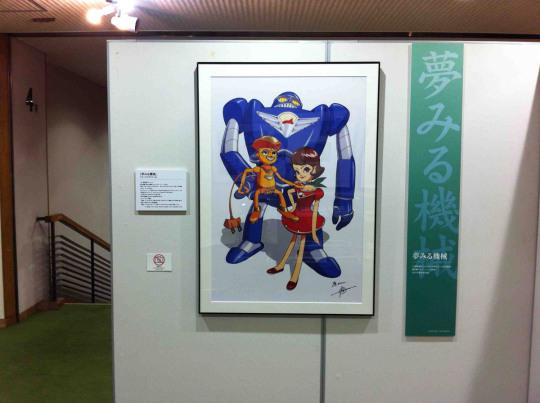
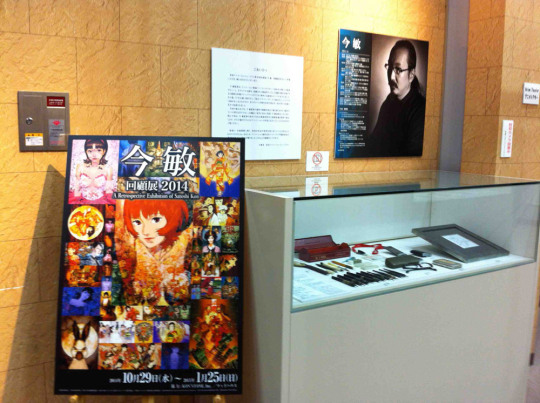
Souvenirs of A Retrospective Exhibition of Satoshi Kon (2014 edition) in Suginami Animation Museum (October 29th 2014 to January 25th 2015 - Tokyo, Japan)
5K notes
·
View notes
Text
Fav'opening 1: Wanpaku Ômukashi Kumu Kumu
The original idea of Kumu Kumu came from Yoshikazu Yasuhiko, after his second child was born. He complained at Sunrise that he wanted to do something different, with no robot and violence. It was ambitious because, robot anime was very popular during the '70s. It was like produce Space Dandy at the middle of a hundreds moe moe shows. When Sunrise's CEO heared that, he told him that he should write the entire series by himself.
On the opening, we can see ITC Japan as animation production, but it was actually Sunrise. Yoshikazu only had a little less than 3 years of animation's experience, so he did not want to be the main director. Sunrise choose Rintaro as main director and storyboarder. Since it is not written during the credits, I am not sure about who made the opening storyboard but it is probably Rintaro. The opening seems simple but still impressive, with a lot of good backgounds. We can almost feel the breeze when the child is running. And the music makes me want to listen to again. ♪
1 note
·
View note
Photo

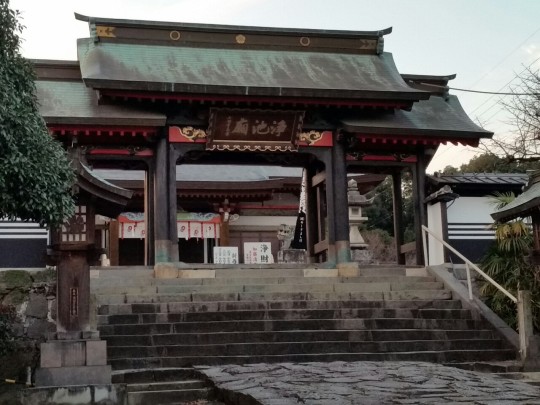
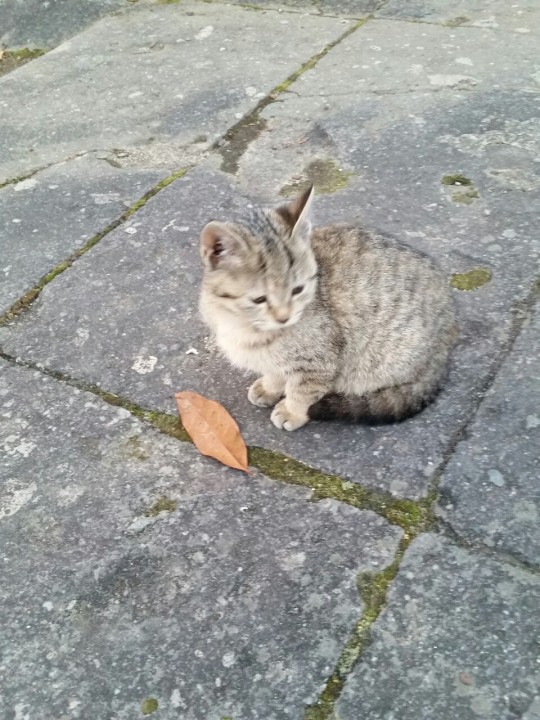
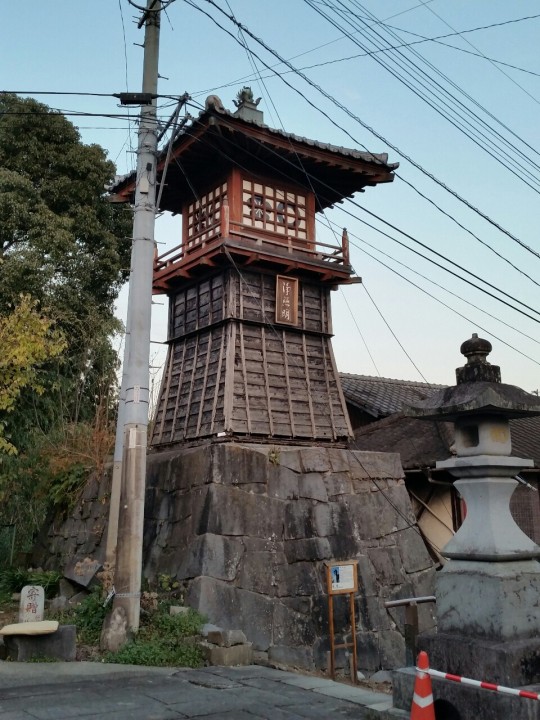


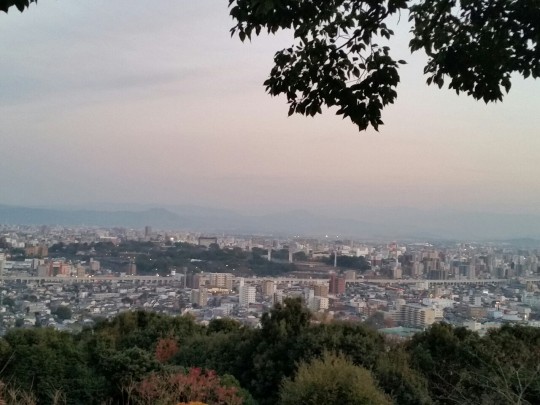


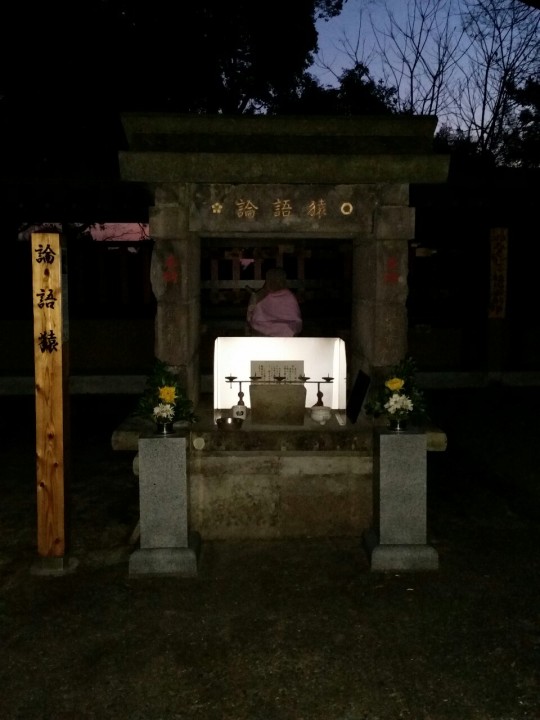
Petite balade au Honmyôji de Kumamoto.
1 note
·
View note
Photo
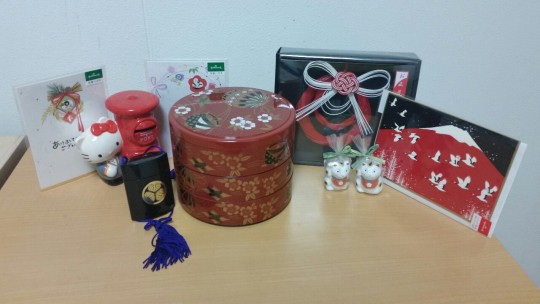
Quelques cadeaux de noël à envoyer !
0 notes
Photo
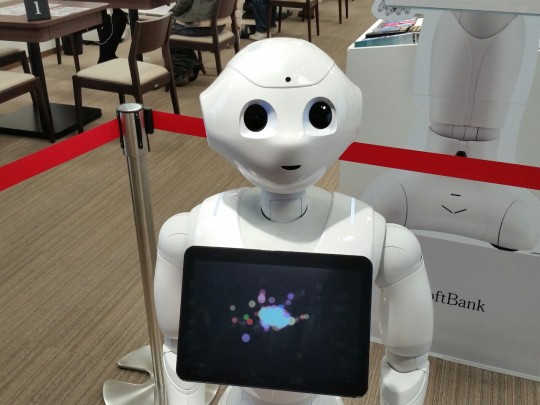
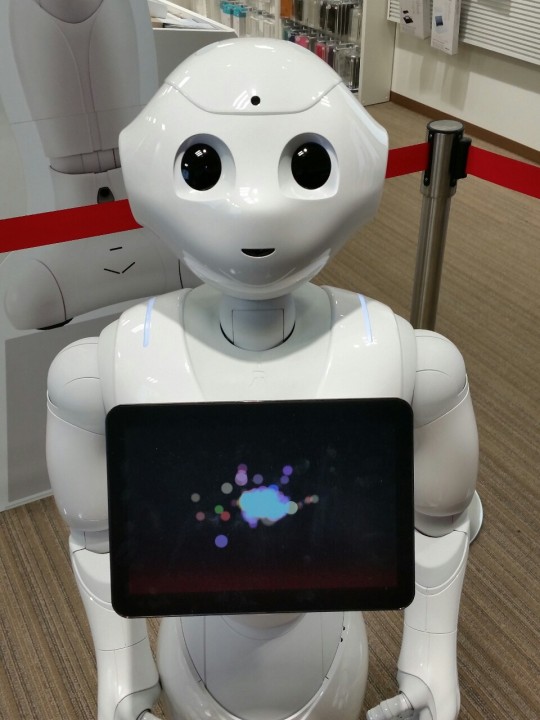
Softbank robot is watching you!
1 note
·
View note
Photo

Petit concert au Live at Link de Kumamoto.
0 notes
Photo
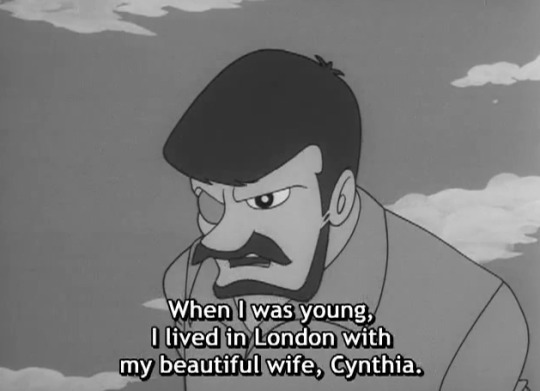
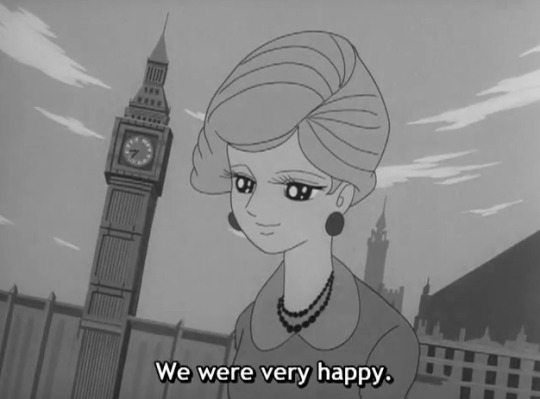
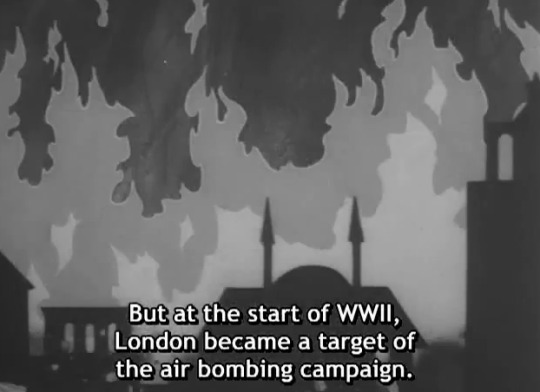

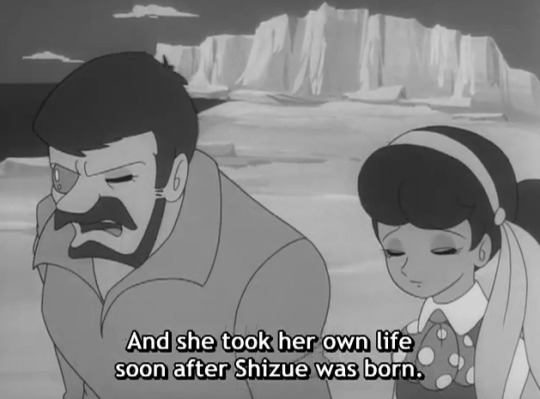
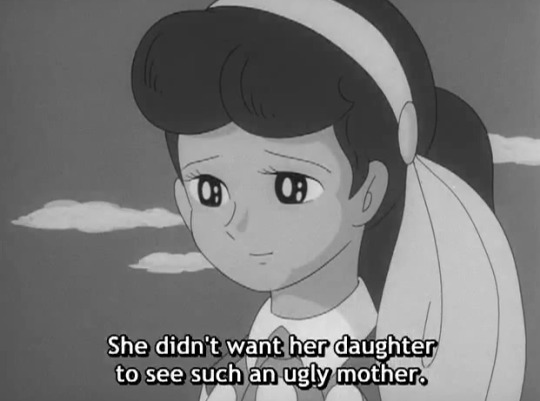


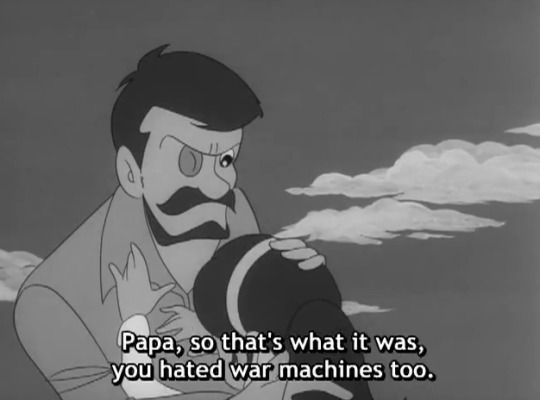
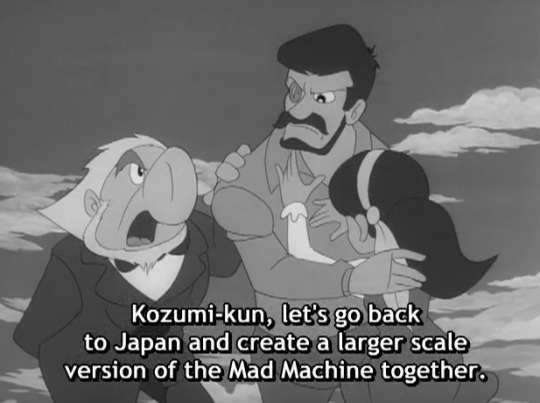
Dr. Dolphin Kozumi’s backstory, and the origin of the Mad Machine. Relatively unchanged from the manga, aside from the fact that his wife was given a name and a face. But you do have to wonder when Shizue could’ve been born…
It’s kind of interesting that later on, the name given to this wife would become his daughter’s name in reprints.
After his confession, the cyborgs are all smiles, as you could figure they’d agree in wanting war to vanish. It seems they did retain his daughter’s line about “You hated machines too!”, which seems odd when they’d taken out the references to her hating them earlier on.
They did remove the follow-up line that Ishinomori gave to her in reprints, where she adds that “machines are evil”, before realizing Joe’s there (and commencing that awkward stare-off).
That last change was probably done to make the ending more upbeat, as Dr. Gilmore suggests that they can improve the machine to help end wars. So there’s no need for Joe to walk off all melancholy, hurt by someone else’s possible confusion and fear of him.
11 notes
·
View notes
Photo
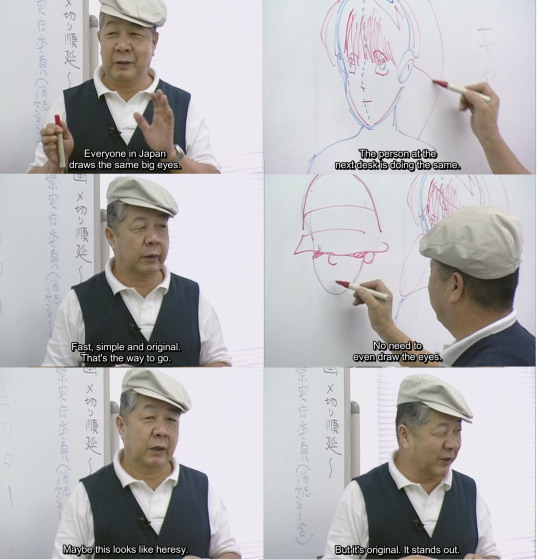
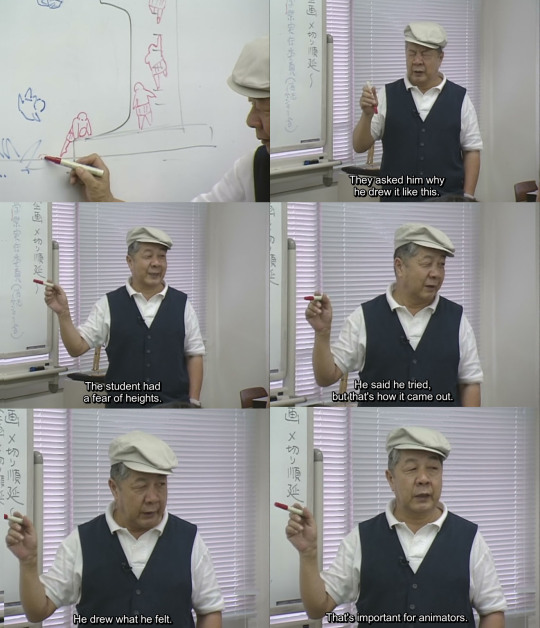
Watching the Ghibli documentary: Yasuo Otsuka’s Joy in Motion. A pioneer of Japanese animation, who passed on his knowledge to the next generation.
These thoughts and approaches apply across the board in animation and creation in general.
433 notes
·
View notes
Photo
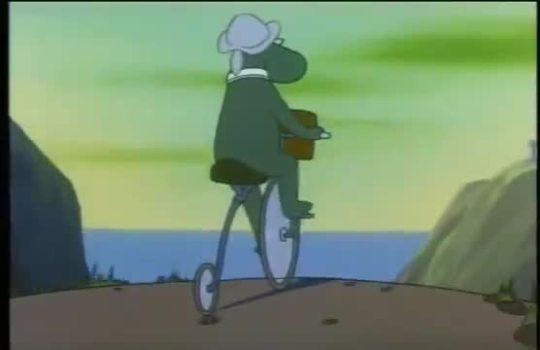
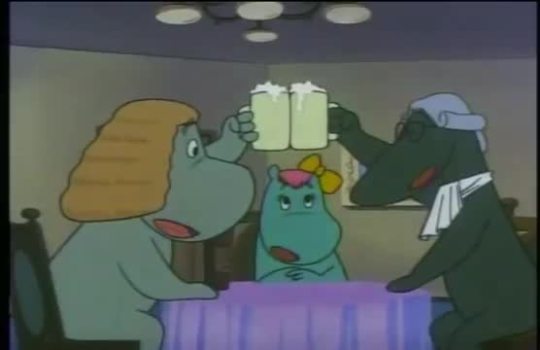
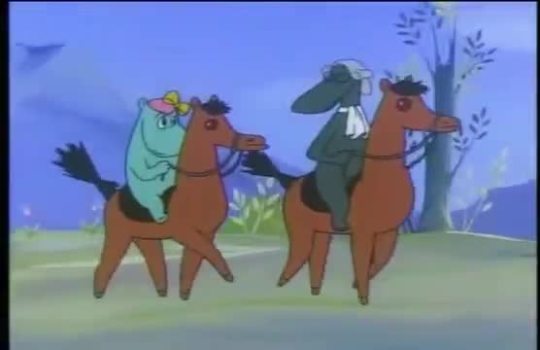
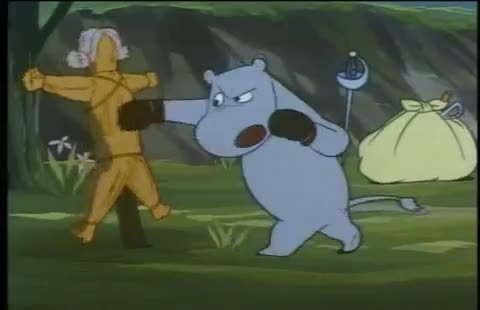
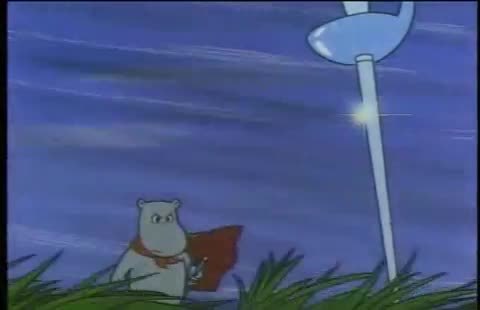
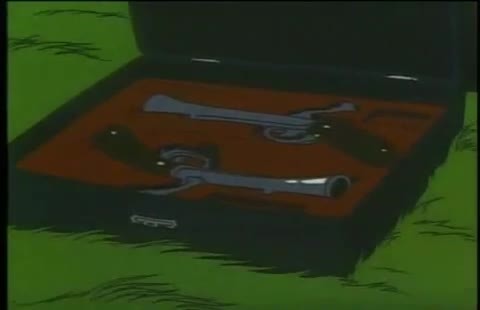
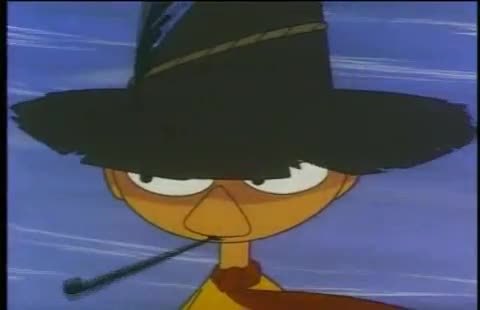
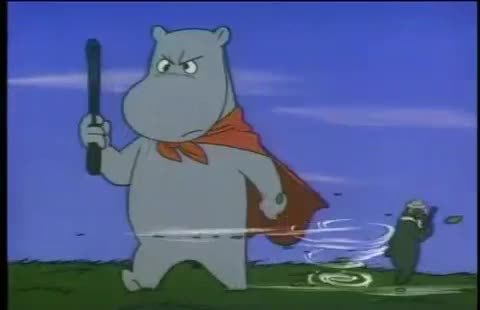
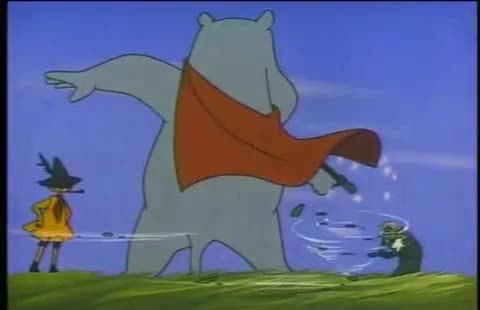
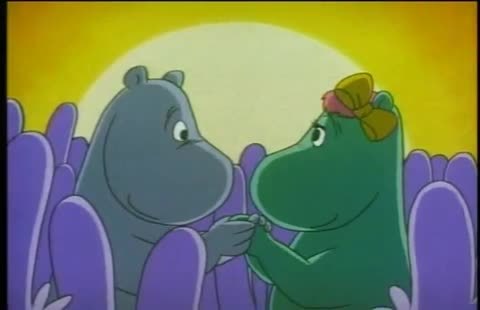
Screenshots from the 8th episode of Moomin, aired on 23rd October 1969.
Yasuo Ôtsuka worked as animation director on this duel episode, as well as the first 26 others produced by Tôkyô Movie (actual TMS). After that, Mushi Production took over the rest of the show.
Except the last part, It lacks animation even for an Ôtsuka's episode. Thanks to Souji Yoshikawa's storyboard, I enjoyed the shots of the duel part with its spaghetti western references. The duel's ending is actually funny. You can watch the last five minutes of this episode here:
15 notes
·
View notes
